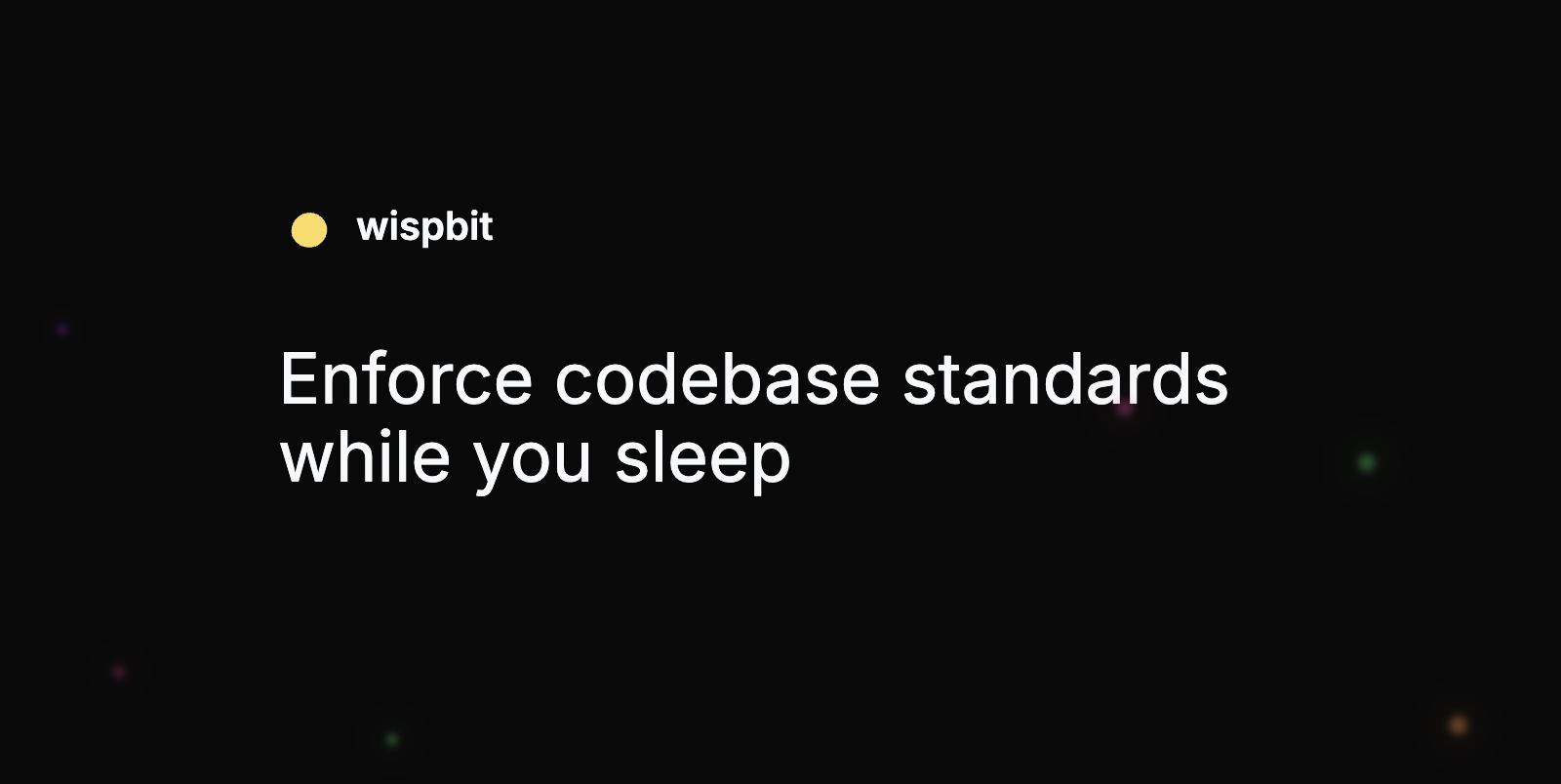DevOps Articles
Curated articles, resources, tips and trends from the DevOps World.
Interpreting A/B test results: false negatives and power

Summary: This is a summary of an article originally published by the source. Read the full original article here →
Have a look at Part 1 (Decision Making at Netflix), Part 2 (What is an A/B Test?), Part 3 (False positives and statistical significance).
In Part 3: False positives and statistical significance, we defined the two types of mistakes that can occur when interpreting test results: false positives and false negatives.
Assuming that the truth about the coin is that the probability of heads is 64%, then the power of this test is 80%.
In our example, the test has 80% power to detect that a coin is unfair, if that unfair coin in truth has a probability of heads equal to 64%.
And 20% of the time the result from the test will be a false negative: in truth, there is an effect, but our observation from the test does not lie in the rejection region and we fail to conclude that there is an effect.
Product
Useful Links
Made with pure grit © 2025 Jetpack Labs Inc. All rights reserved. www.jetpacklabs.com





